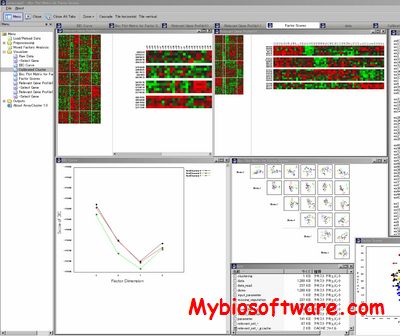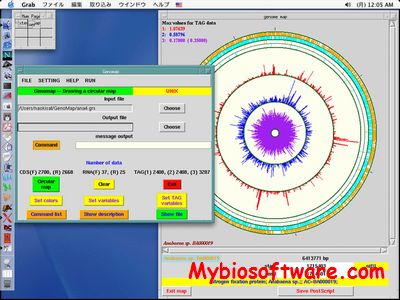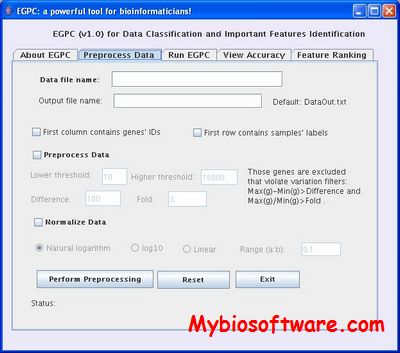CNIT 5.1
:: DESCRIPTION
CNIT is designed for Affymetrix GeneChip to analyze copy number of each SNP allele. CNIT can be applicable in chromosome-abnormal disease, cancer and copy number variation studies, and can provide accurate CN estimations with low false-positive rate.
::DEVELOPER
Cathy S.J. Fann lab,Institute of Biomedical Informatics, National Yang-Ming University, Taipei
:: SCREENSHOTS
N/A
:: REQUIREMENTS
- Linux / Windows
- R package
:: DOWNLOAD
:: MORE INFORMATION
Citation
Genome-wide copy number analysis using copy number inferring tool (CNIT) and DNA pooling.
Lin CH, Huang MC, Li LH, Wu JY, Chen YT, Fann CS.
Hum Mutat. 2008 Aug;29(8):1055-62



